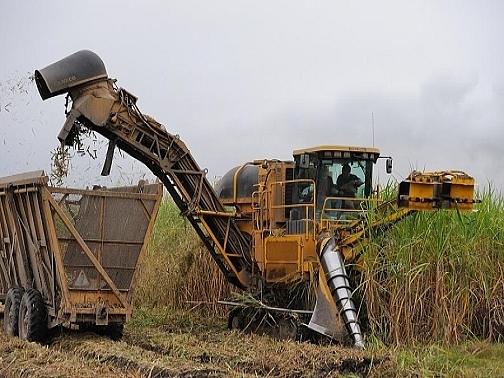
The Need for Decontrolling the Sugar Industry
The unending woes of the sugar industry indicate a classic case of failure resulting from government intervention and over regulation. For many years, the Centre and the states have actively sought to control the prices of sugarcane procured by the mills. They have also placed ceilings on the quantity of sugar that mills are allowed to sell in a month or a quarter. Such dictatorial restrictions may have seemed conventional in the command-and-control economic model of the pre-1990s period, but seem eerily out of place in today’s post-liberalised economy.
The fixing of sugarcane procurement prices by the State helps neither the industry nor the farmers. For one reason, there is no way for the government to determine the right price of cane given the changing dynamics of the various costs of production incurred by both the farmers as well as the mills. In fact, many states have set the procurement prices so high that the input costs coupled with other overhead expenses make it unviable for the mills to sell sugar at a profit. As a result, sugar mills are often compelled to cease the crushing process or sell their product at significant loss.
Uttar Pradesh, for example, has set the state-advised price – the price at which the mills can purchase cane from farmers — at Rs. 280 per quintal, but the mill-owners are not willing to pay more than Rs. 225. The resulting stalemate between farmers and mill-owners often causes many small farmers, who are unable wait long enough, to dump their stock at Rs. 60 per quintal. This price is close to one-fourth of the state-advised price. Suicides among farmers who are not able to repay their loans to banks as a result of the crop losses are not uncommon.
It is thus not difficult to see how the State’s intervention in the sugar industry engenders serious distortions in sugarcane prices and creates disincentives in sugar production. A thorough deregulation of sugarcane procurement prices will enable efficient price discovery. This in turn would allow sugarcane’s demand from mill-owners to match its supply from farmers. It may also be worth noting that this demand-supply match would entirely happen voluntarily as against the present system of State-dictated and hence coerced prices.
The UPA government had implemented partial decontrol of the sector through scrapping the provision that restricted the quantity of sugar that mills were allowed to sell per month. It also removed the requirement for the mills to sell 10 per cent of their produce to the government at regulated prices. These reforms, however, failed to turn around the sector’s fortunes. The ball is now in National Democratic Alliance government’s court. It must prove its mettle by releasing the sector from the remaining shackles of over regulation.
Unfortunately, the recent announcements of the NDA government with respect to raising the import duty of sugar from 15% to 40% and doling out greater export subsidies are a far cry from the kind of bold reforms one would have expected from it. High import duty may incentivize the domestic companies to raise the price of sugar above the international market price, while making it difficult for consumers to procure imported sugar at lower prices.
It is not uncommon for domestic producers in a socialist economy to lobby for economic protection under the guise of safeguarding employment. The success of the NDA government in realizing growth for the nation will depend on how well it manages these vested interests while boldly implementing pro-market as opposed to pro-business reforms.